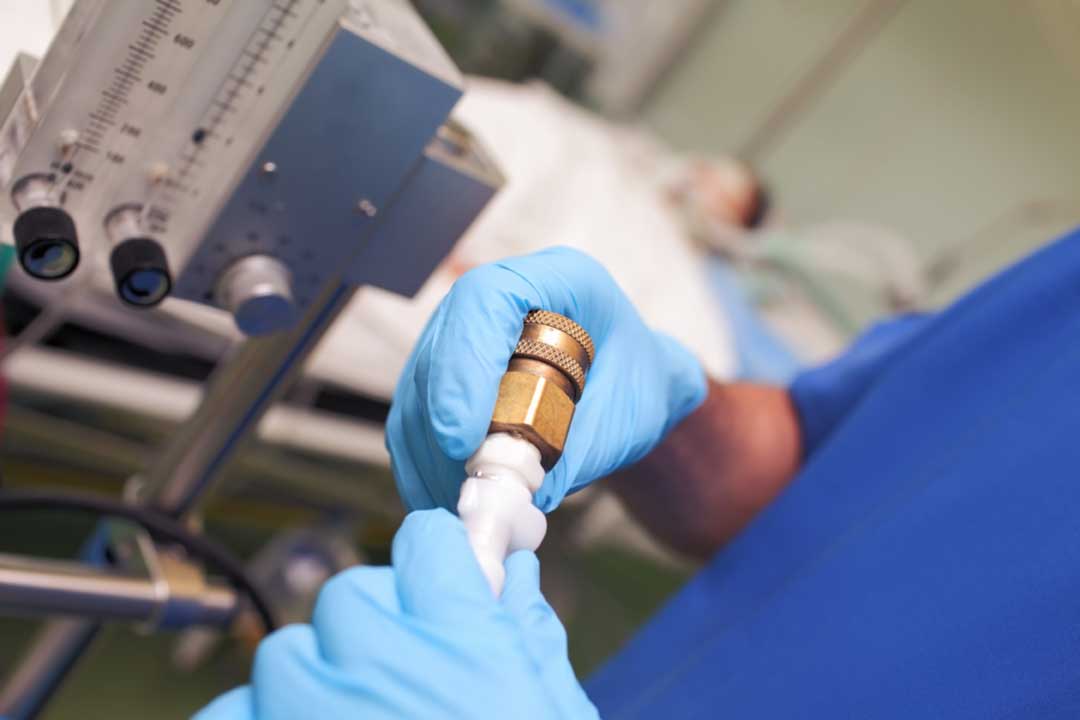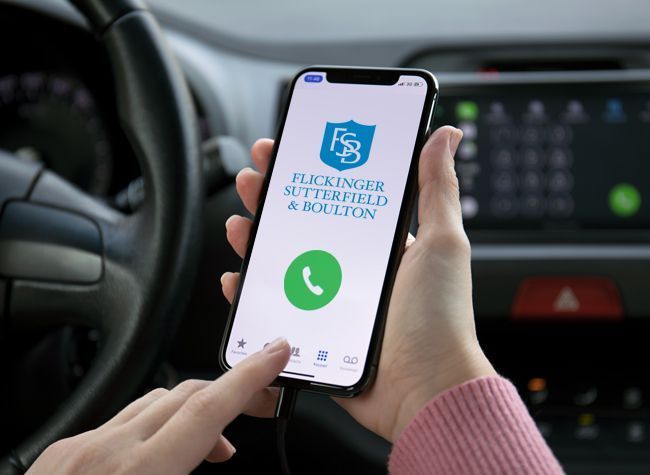If you’ve driven on the road recently, you’ve most likely seen emergency vehicles on the road. Whether it was a cop that had pulled someone over, an ambulance at the scene of a crash, or a fire track on the way to an emergency.
Most of us probably know what to do in these situations. But, it is always good to be reminded of proper protocol when sharing the road with emergency vehicles.
What Should You Do When an Emergency Vehicle is Behind You?
When an emergency vehicle is coming up behind you, with their lights and sirens going, this is your signal to move out of their way. But, this does not mean that you panic and swerve off the road.
If you are on a highway, calmly and safely move as far right as you can, preferably to the right hand shoulder.
If you are on a narrow street that does not have a shoulder, get to the nearest intersection or widest part of the road you can to pull off.
When you’re in heavy traffic and there is no way for you to pull off to the side, reduce your speed as much as you can, and try to make as much space as you can for the emergency vehicle to come from the left side.
You should always try to give the emergency vehicle a berth of 10 feet if you can. These are wide trucks, and the more space you provide, the easier they can get through the traffic.
Also, it is so important to be on the look out for emergency vehicles at all times. If you are at an intersection, even if it seems clear, you should never try to inch forward. Pushing your way into the intersection might cause a problem if an emergency vehicle tries to come through.
After you have pulled off to the side of the road, make sure the emergency vehicle has fully passed you and that there are no other vehicles following. Often a police car will follow a firetruck, so make sure you have let every official pass before you get back on the road.
Every second matters with emergency vehicles. If you don’t get over as quickly as you could, it might be the seconds between saving a life.
What Should You Do if You Approach a Pulled-Over Emergency Vehicle?
When you are driving on the road, and you see a police car or other emergency vehicle on the side of the road, you MUST slow down or change your lane. There have been many accidents involving officers being hit by cars that did not move over. If you don’t pull over, you might also get fines up to $500 and points on your license.
What Should You Do While Getting Pulled Over?
If there is an officer behind you trying to pull you over, immediately begin to pull over. Slow down, pull off to a safe place on the side of the toad, and make a complete stop. If you are in traffic where you cannot pull over immediately, make sure that you put your blinker on to show your intention of trying to move over. Once you have pulled over, put your hazards on as well.
These emergency vehicles and officers are trying to do their jobs as safely and efficiently as possible. As a driver, it is important for you to help keep the rules of the road and support these emergency vehicles getting to their locations.
Flickinger • Boulton • Robson • Weeks Can Help You Receive the Compensation You Deserve
If you have sustained car accident injuries, income loss, diminished quality of life, or other serious damages in a collision, Flickinger • Boulton • Robson • Weeks can help. Our goal in every case is to thoroughly examine your injuries and all of the repercussions they have had on your life, and then pursue maximum compensation for you. With over 50 years of combined experience in personal injury cases, you can rest assured that you are in good hands with our team.
We have offices in Provo and South Jordan, Utah. Contact us today.


